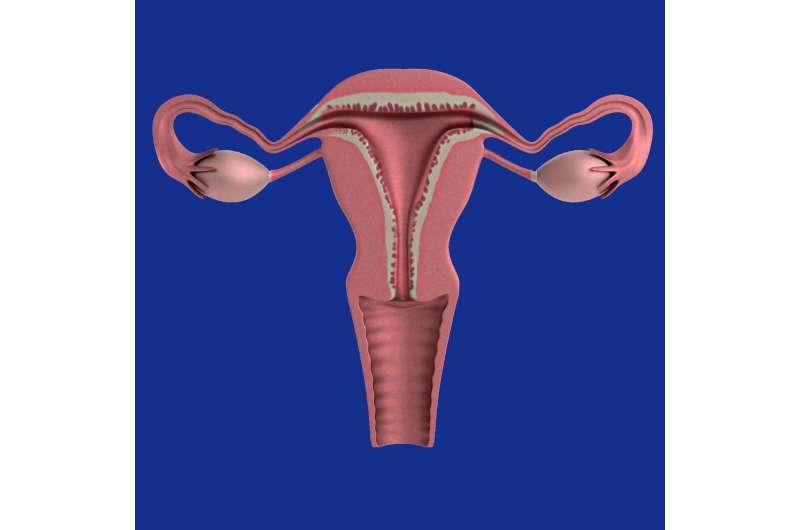Social Media's Mixed Messages About Food and Body Image Uncovered in New Study

New research reveals that social media food videos often promote conflicting messages about eating habits and body image, potentially impacting viewers' health and perceptions. Learn about the findings and implications for online content regulation.
Recent research indicates that popular food-related videos on social media platforms like YouTube, TikTok, and Bilibili are cluttered with conflicting messages that could influence eating behaviors and perceptions of body image negatively. Led by Ph.D. candidate Phoebe Wu from Flinders University, the study analyzed 180 highly engaging videos focusing on food consumption and appearance. The findings show a troubling trend: nearly 75% of these videos depict overeating, with many showcasing risky behaviors such as consuming extremely spicy or sugary foods, or eating excessive amounts in a short time frame.
Interestingly, nearly half of the videos featured hosts with slender physiques, often enhanced with filters—especially on Bilibili—highlighting an emphasis on appearance. Viewers frequently express admiration or envy towards thin hosts or share personal weight goals in comments, which fosters appearance-based comparisons and can reinforce harmful stereotypes.
Different platforms presented unique patterns. YouTube had the highest tendency to display extreme eating behaviors, while TikTok videos tended to be shorter with younger, female hosts. Culturally, Asian meals dominated Bilibili, whereas Western fast foods and challenges were more common on YouTube. These cultural and platform-specific differences suggest that viewers from Asian backgrounds or residing outside Asia could be more vulnerable to influences that shape their eating habits and body image.
Ms. Wu emphasized the importance of understanding these dynamics to help viewers critically evaluate the content they consume and protect themselves from potential psychological and health risks related to eating and appearance. As social media continues to amplify such content, the study underscores the need for better regulation of food and body image messages online, especially for younger audiences.
The research raises critical questions about the role of social media platforms in curating and monitoring content related to diet, health, and body image, and highlights the potential for these videos to impact viewers' attitudes and behaviors profoundly.
Stay Updated with Mia's Feed
Get the latest health & wellness insights delivered straight to your inbox.
Related Articles
Single Dose of Antibiotic as Effective as Multiple Doses for Treating Early Syphilis, Study Finds
A new clinical trial reveals that a single injection of benzathine penicillin G is as effective as multiple doses for treating early syphilis, offering a simpler treatment option and potentially improving patient adherence.
Gestational Diabetes Increasing Risks for Mothers and Children: Cognitive Decline, ADHD, and Autism
New research links gestational diabetes to cognitive decline in mothers and higher risks of ADHD and autism in children, emphasizing early detection and intervention.
Advanced Microscopy Uncovers How Hippo Pathway Proteins Regulate Gene Activity in Cancer
New microscopy research reveals how Hippo pathway proteins control gene activity in cancer, opening avenues for targeted therapies against mesothelioma and other cancers.



